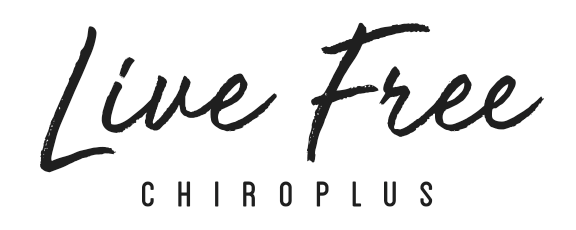Working with mothers pre and post delivery
As a physiologist who recently personally experienced watching the birth of a baby, one thing that has truly been amazing is the new understanding of the amount of trauma a woman’s body goes through during the birthing process. One of my mentors once stated that birth and pregnancy should be treated like an injury. Post birth, a body needs to rehabilitate from that experience. Having the opportunity to observe first hand how much the body goes through was more than I ever imagined.
I want to be clear, I am not referring to the need for a rehab that is focused on “getting the body back.” There shouldn’t be a pressure to get a body back. A woman’s body will never quite be the same after having a child. The proper question should be, “Can we get back to a level of competency, a level of stability where the person has normal function and no pain post birth.”
Each woman is different in how they will or won’t experience the negative side effects of a birth. Some may experience symptoms immediately such as pelvic or lower back pain, while others don’t seem to experience issues until years later. Pain is always the last symptom to show up. A new mother may have pain, pelvic floor, or core issues immediately, while other women may not see them until 15 years down the road. This is due to the fact that their core was not properly trained to return to functioning the way it was supposed to— meaning, stabilizing the core, and the back, while resisting some force on the outside.
Being Proactive with Your Body and Pregnancy
Women who are expecting are beginning to see the need and the benefit of coming to us for both prehap and rehab in regards to their bodies. They see the importance of preparing for how to take care of their bodies after birth.
Some of my clients comment that their friends did not experience the problems they are currently experiencing with their pregnancy. I remind them that each body and pregnancy is different. Each woman starts at a different place than her friends. Just because a mother is not having symptoms, doesn’t mean the issues are not present in their bodies. The problems just might not be manifesting at this time in their life and for different reasons.
I was explaining to one particular client that it is actually a blessing that she is experiencing her particular symptoms at this point— as it is driving her to affect change. When there are no symptoms a woman thinks, “I don’t have to worry about my body.” As I already mentioned, this is not for certain. It’s better to have the issues appear sooner in order to address them early on and resolve them. What encourages me, is that there is a growing sense in the community that investing in physiology both pre and post birth is critical to health for years to come.
To Those Who Are Expecting
If there was one thing I could tell women who are expecting, it would be to focus on hip stability. Many of us are familiar with the waddle in the walk of pregnant women at a certain point in the pregnancy. This is due to the fact that the hips are strained in order to help stabilize the pelvis. Their center of mass is shifting greatly due to the growing child inside of them.
To Those Dealing with Postpartum
Start easy, but start rehab immediately. It can be something as easy as creating a protocol and routine as simple as breathing. Many pregnant women will attest to the fact that they struggle with breathing while pregnant. The baby was blocking the diaphragm from fully contracting. The diaphragm did not have room inside because of the growing womb. So, after birth, the first thing we want to do is get that part of the body moving and working properly again. Setting up that core stability and creating some intraabdominal pressure will help stabilize that core for future movement and exercise. This is something I strongly advocate.
— Paul
Want to receive this blog straight to your inbox? Sign up for our monthly newsletter!
Are you following us on social media?




